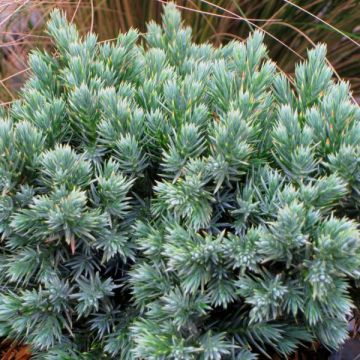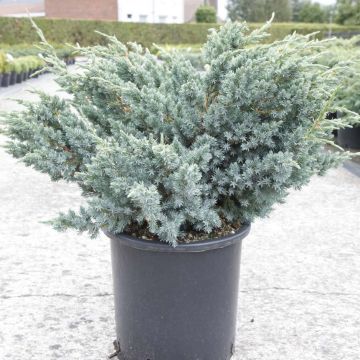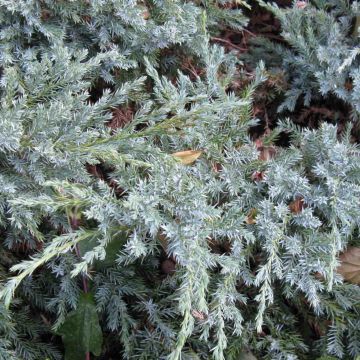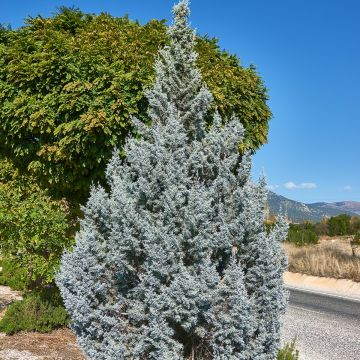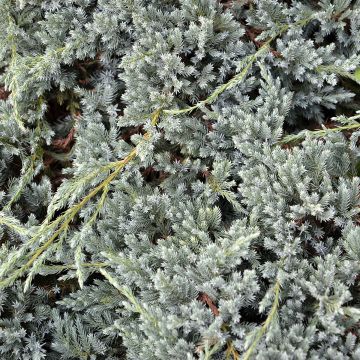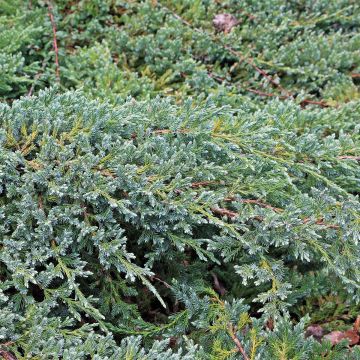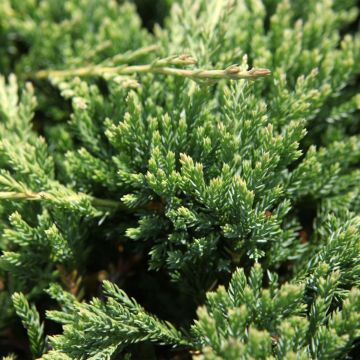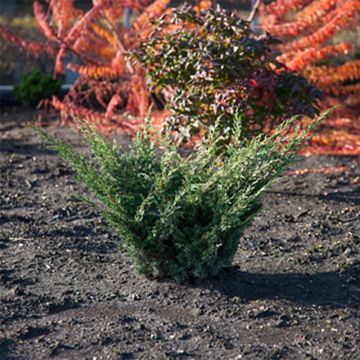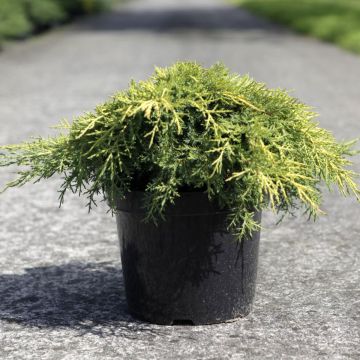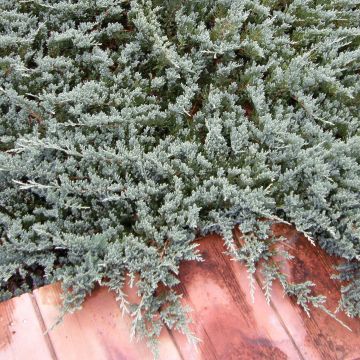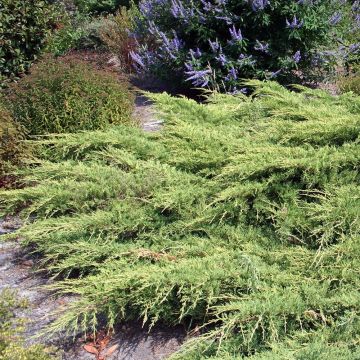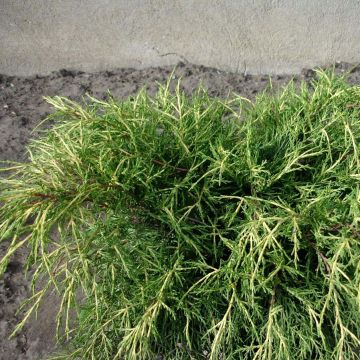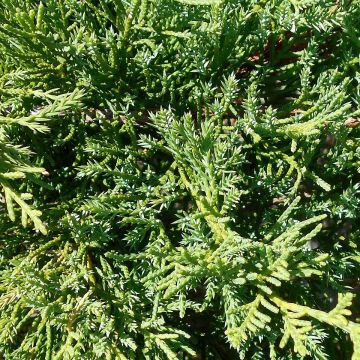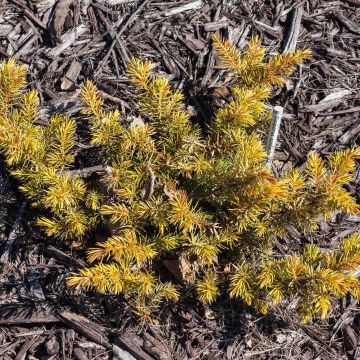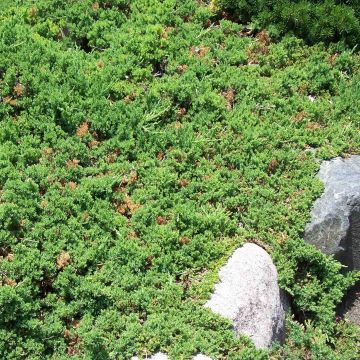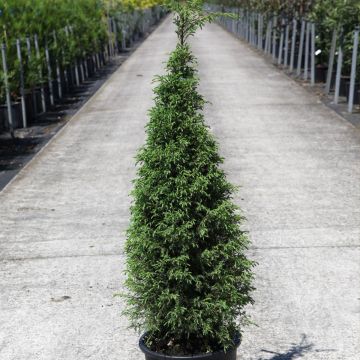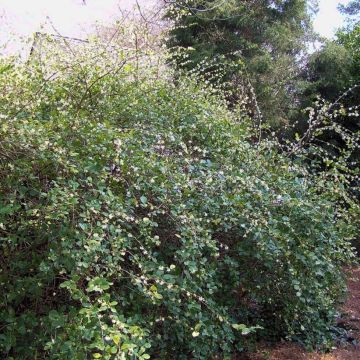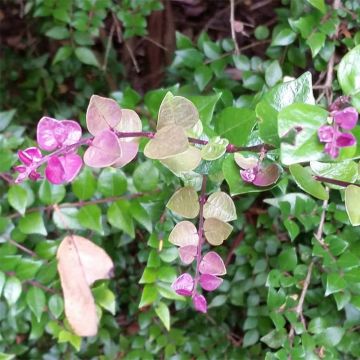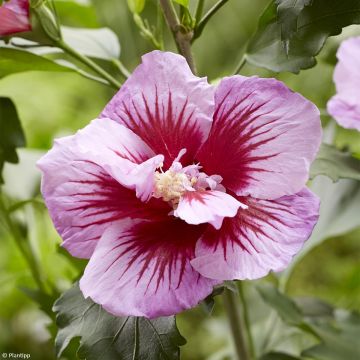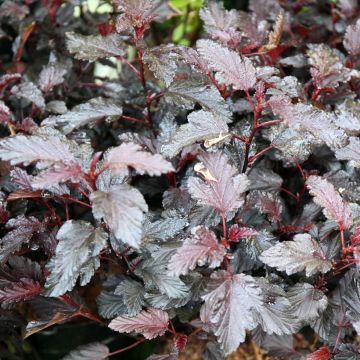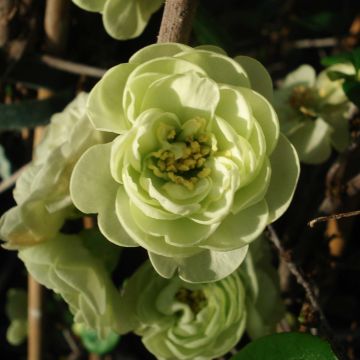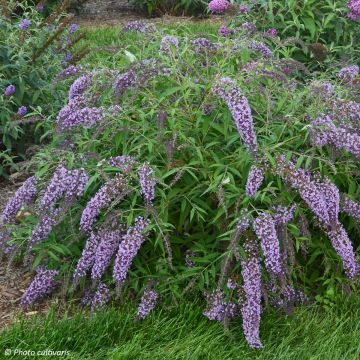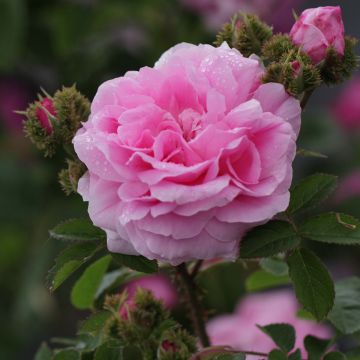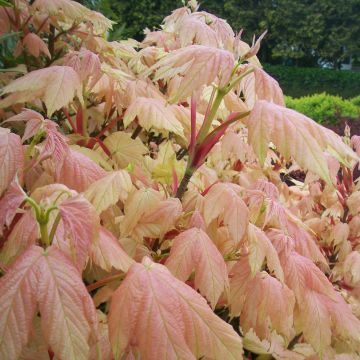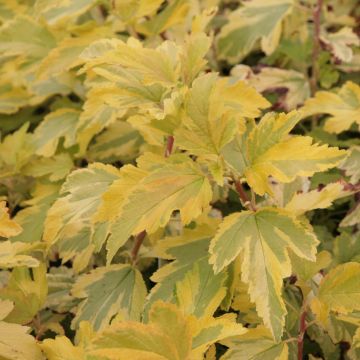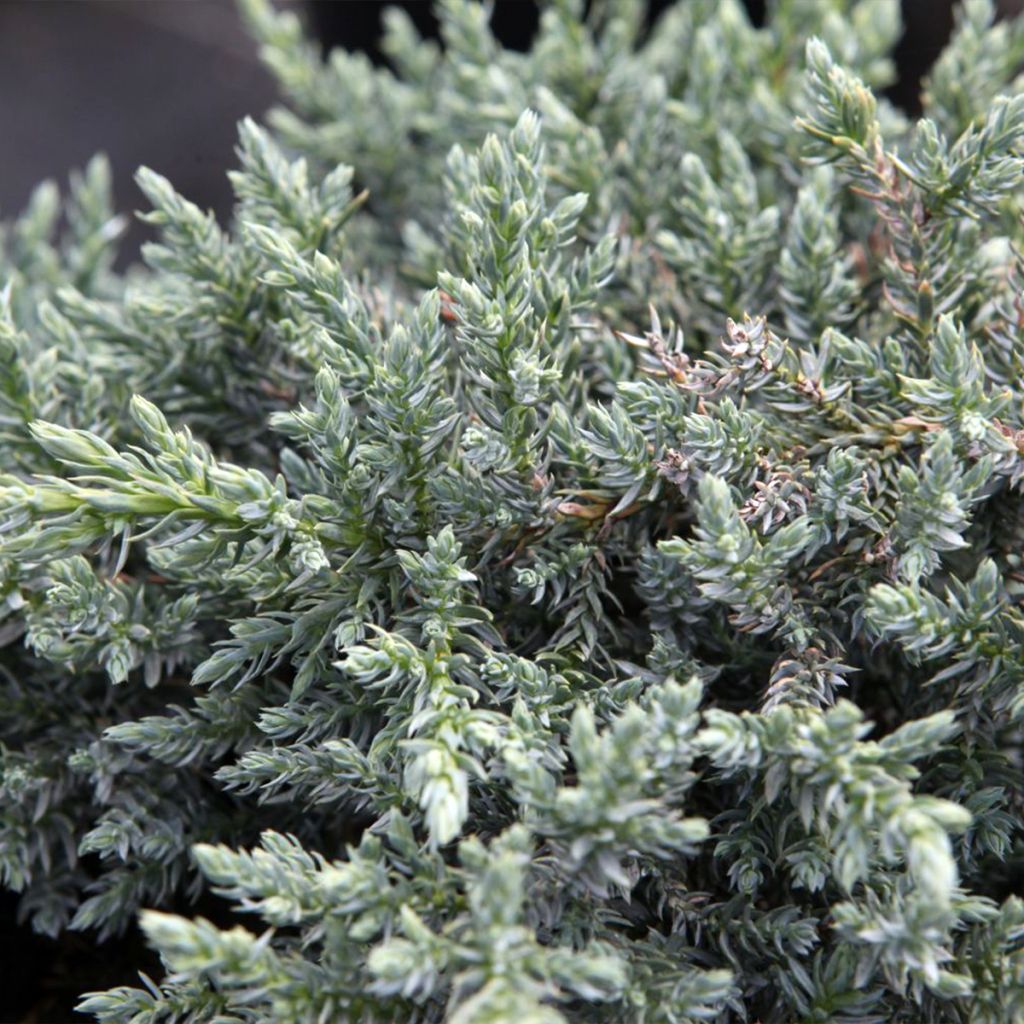

Juniperus squamata Tropical Blue
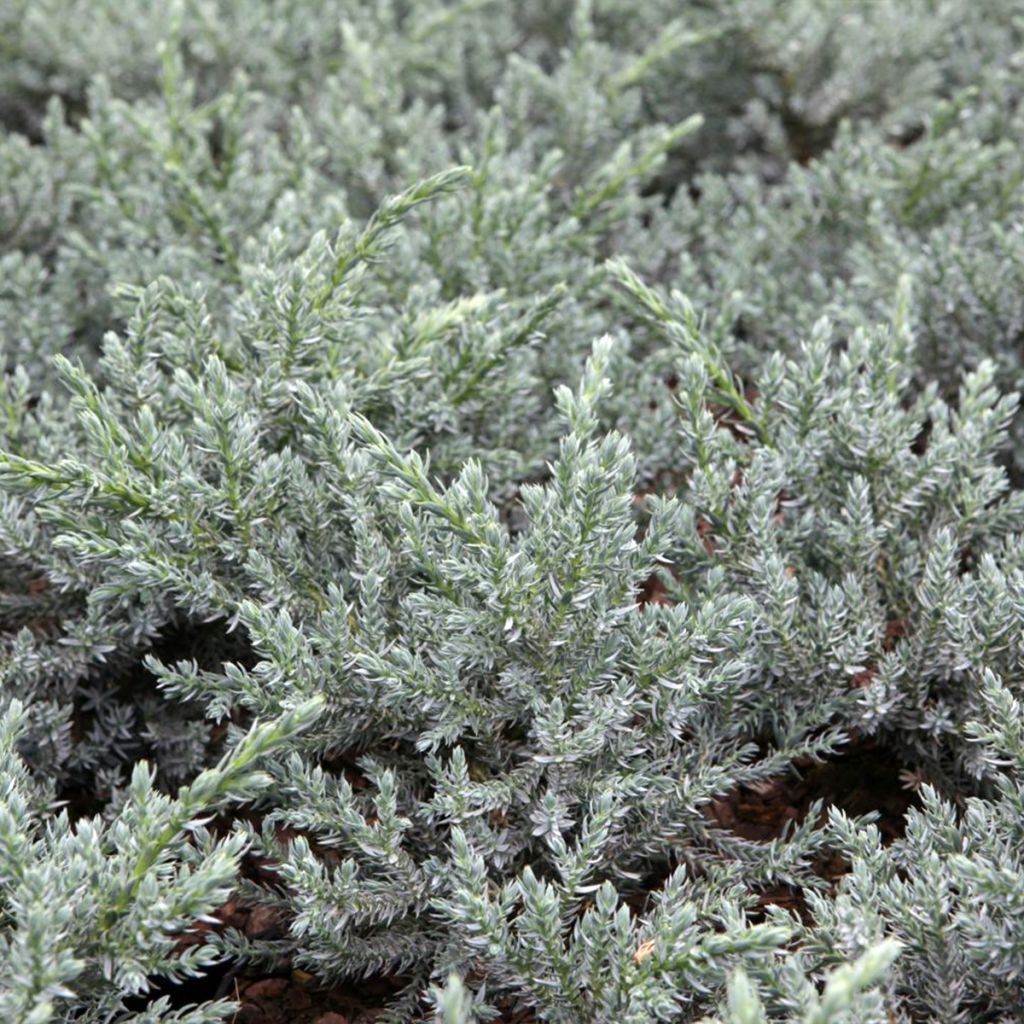

Juniperus squamata Tropical Blue
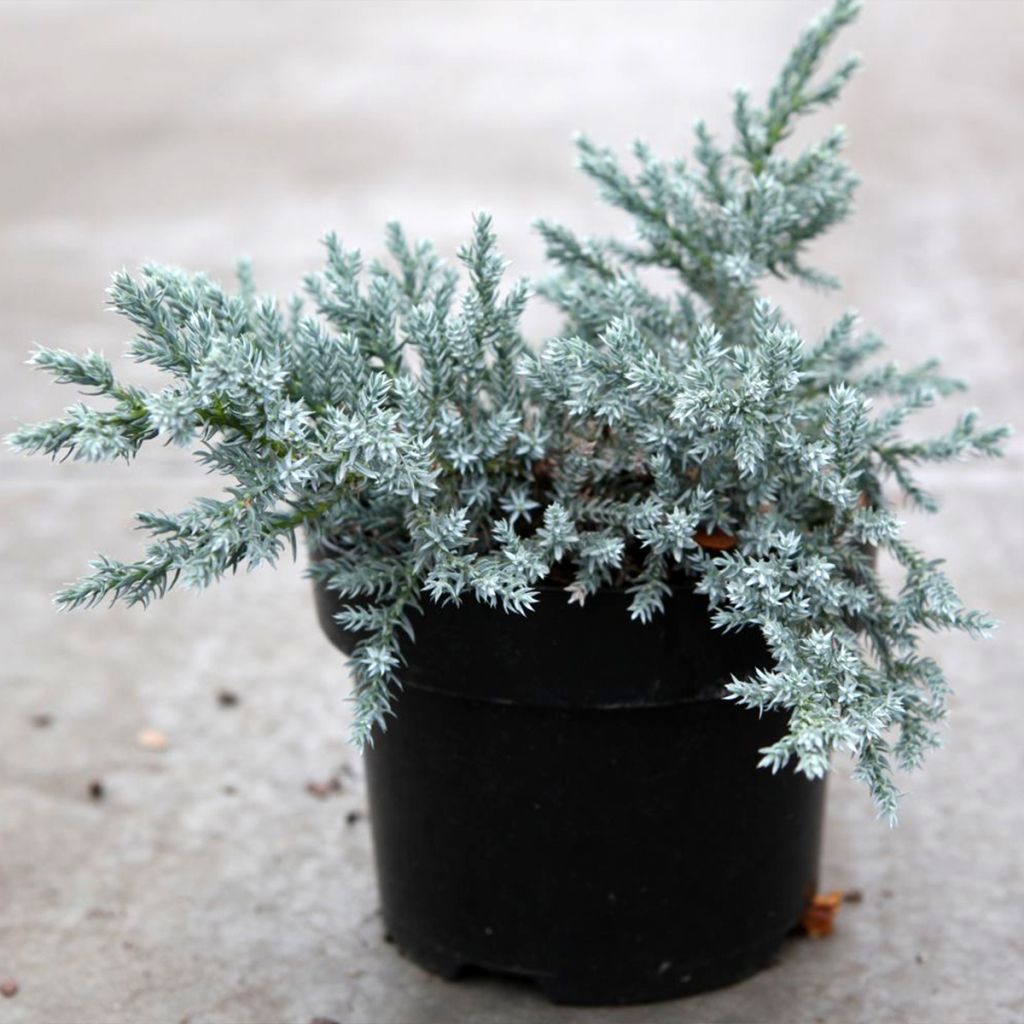

Juniperus squamata Tropical Blue
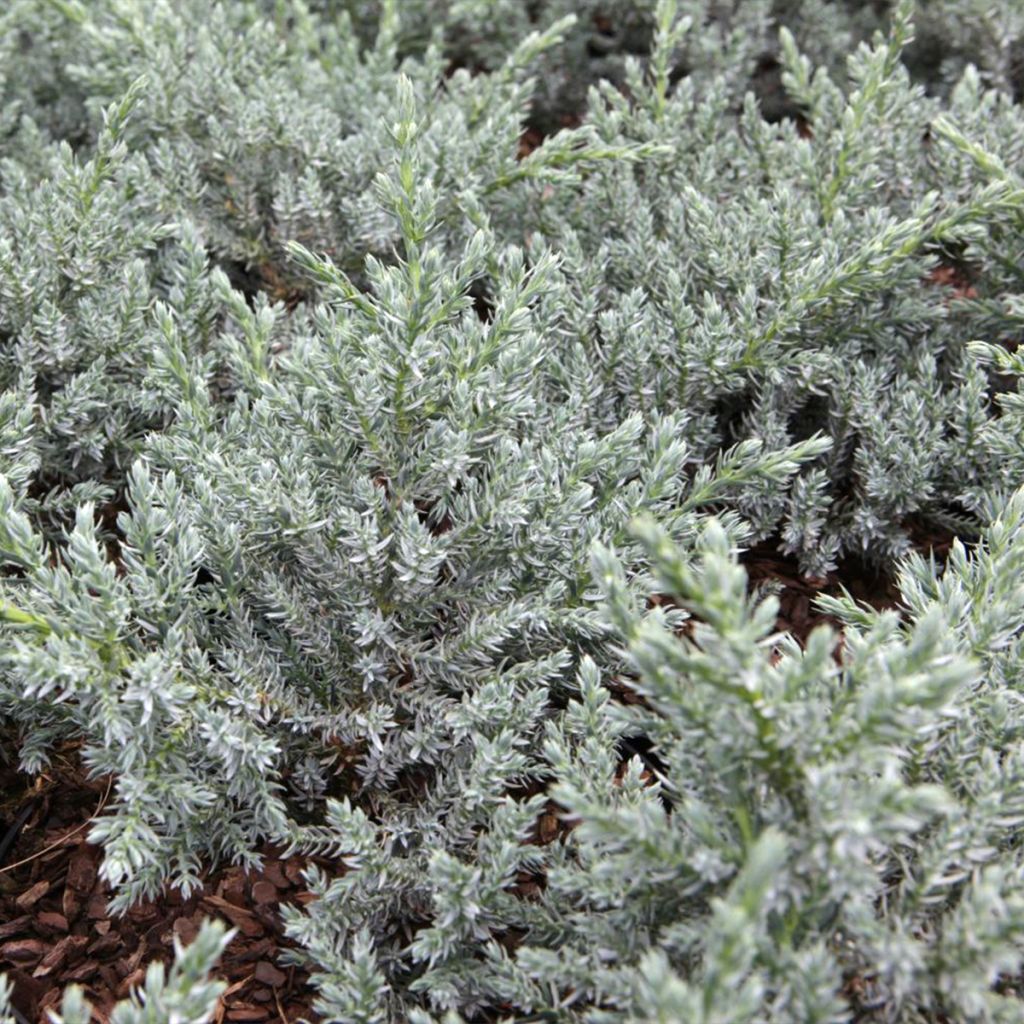

Juniperus squamata Tropical Blue
Juniperus squamata Tropical Blue
Juniperus squamata Tropical Blue®
Flaky Juniper, Himalayan Juniper
Why not try an alternative variety in stock?
View all →This plant carries a 24 months recovery warranty
More information
We guarantee the quality of our plants for a full growing cycle, and will replace at our expense any plant that fails to recover under normal climatic and planting conditions.
From €5.90 for pickup delivery and €6.90 for home delivery
Express home delivery from €8.90.
Delivery to Corse prohibited: UE law prohibits the import of this plant from mainland France to Corse as part of the fight against Xylella fastidiosa. Please accept our sincere apologies.
More information
Does this plant fit my garden?
Set up your Plantfit profile →
Description
Juniperus squamata 'Tropical Blue' is a variety of scale-leaved juniper with highly decorative steel blue foliage all year round, and even more so in winter when its colour intensifies due to the cold. This conifer naturally forms a low, creeping habit. Well spread out on the ground, with particularly dense branches, it is an excellent ground cover that prevents the growth of unwanted weeds under its canopy. Highly resistant to cold, it thrives in full sun and also grows in partial shade in well-drained, not too dry soil.
The scale-leaved juniper, also known as the Nepalese juniper, gets its name from its old needles that it retains at the base of its branches. It is an evergreen species native to the mountains of the Himalayas and China, at an altitude between 1600 and 4900m (5249ft 4in and 16076ft). It is therefore a conifer with great hardiness (down to -25°C and even lower) and low demands. It belongs to the Cupressaceae family, which includes important coniferous genera in parks and gardens, such as Thuja, Cypress, or Chamaecyparis.
This variety 'Tropical Blue' with its evocative name indeed has persistent foliage with a beautiful steel blue colour, even more pronounced in winter. Its small pointed leaves are closely imbricated on the branches, which are particularly dense, giving it a distinctive bristly appearance. Over the years, this slow-growing conifer forms a carpet about 1.50m (4ft 11in) wide and 40cm (15.7in) high.
The 'Tropical Blue' juniper is an undemanding conifer, easy to grow on a slope or in a rockery, as long as the soil remains sufficiently moist. Once well rooted, it tolerates occasional drought in temperate climates, as it does not like very hot climates, such as Mediterranean ones.
Therefore, it can be planted above a wall or low wall, or near a swimming pool, as it goes well with geometric lines and masonry structures. It is also excellent as a slope cover or in a large rockery, provided it can be watered in the first few years. Junipers have a shallow root system, which can sometimes make it difficult to associate them with perennials.
In a shrub bed, its beautiful colour will combine with golden foliage to create a spectacular scene throughout the season: the Golden Privet, which changes colours depending on the time of year, and is just as robust as our little juniper, will provide a permanent spectacle alongside it. The 'Goldfinger' Choisya with its persistent golden yellow foliage will also be a perfect companion, as well as the 'Golden Rocket' Barberry with its bright yellow small leaves. In a contemporary garden that emphasizes graphic shapes, its spreading habit will contrast beautifully with columnar plants, such as the fastigiate common yew, whose dark green foliage in the background will enhance the blue-green colour of its shoots. And to create surprise, a weeping purple Judas tree will make a truly original scene alongside it.
Report an error about the product description
Juniperus squamata Tropical Blue in pictures
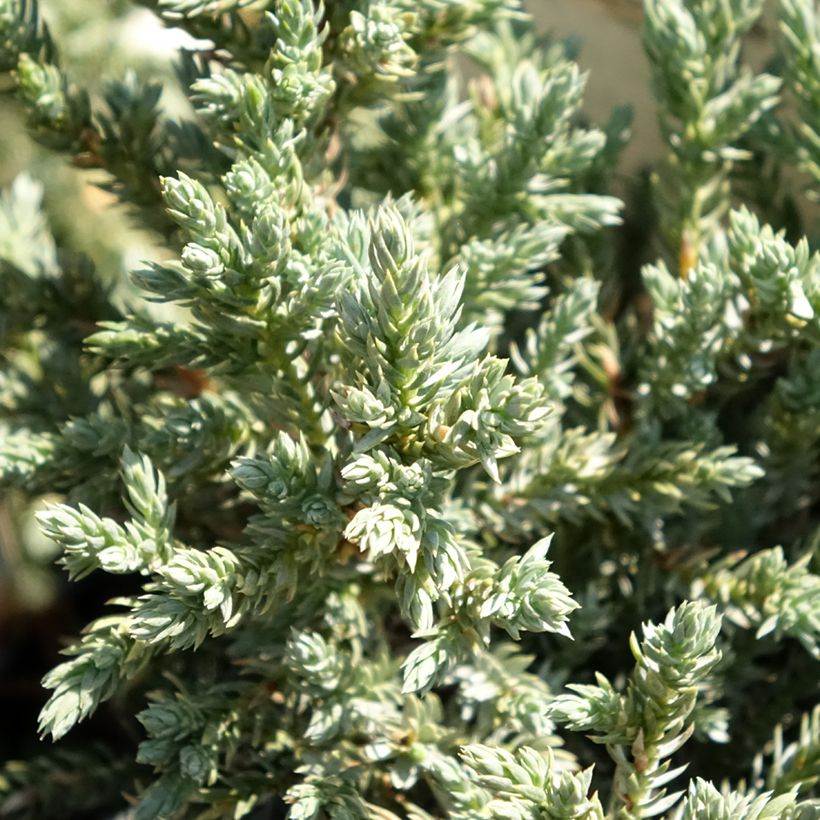

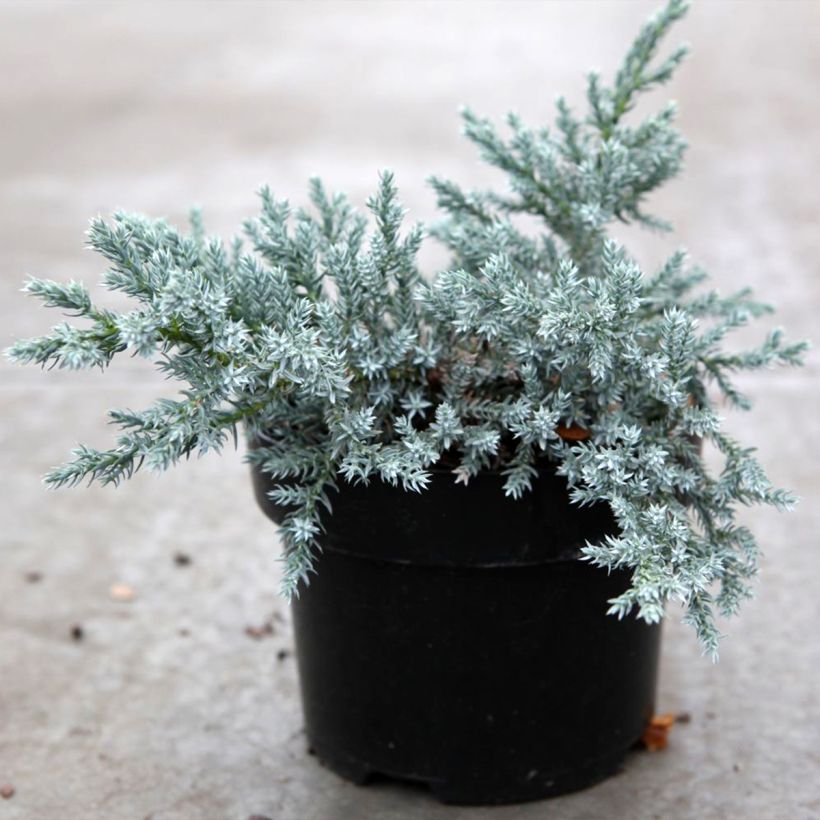

Plant habit
Foliage
Safety measures
Botanical data
Juniperus
squamata
Tropical Blue®
Cupressaceae
Flaky Juniper, Himalayan Juniper
Cultivar or hybrid
atteinterespiratoire
Cette plante peut entraîner des symptômes allergiques.
Evitez de la planter si vous ou vos proches souffrez de rhinite saisonnière ("rhume des foins").
Davantage d'informations sur https://plantes-risque.info
Other Juniperus - Juniper
Planting and care
Juniperus squamata 'Tropical Blue' is a montane climate plant that fears situations and climates that are too arid. It is planted from September to November in well-drained soil, but retaining freshness, even poor and slightly calcareous, in sunny situations. If your soil is too heavy, a little trick is to plant your bush on a mound and mulch it with gravel.
Water regularly during the first two years, and in case of prolonged drought. Soak the root balls well before planting. Add organic amendment at planting and water generously in the first years. Once well established, this juniper will show some resistance to drought. Amend the soil in April, using a special conifer fertilizer, and weed the soil in summer. This very hardy conifer fears heavy soils, saturated with water in winter. Pruning is not necessary, but it can be perfectly pruned to maintain a beautiful habit or limit its size.
Planting period
Intended location
Care
This item has not been reviewed yet - be the first to leave a review about it.
Foolproof Shrubs
Haven't found what you were looking for?
Hardiness is the lowest winter temperature a plant can endure without suffering serious damage or even dying. However, hardiness is affected by location (a sheltered area, such as a patio), protection (winter cover) and soil type (hardiness is improved by well-drained soil).

Photo Sharing Terms & Conditions
In order to encourage gardeners to interact and share their experiences, Promesse de fleurs offers various media enabling content to be uploaded onto its Site - in particular via the ‘Photo sharing’ module.
The User agrees to refrain from:
- Posting any content that is illegal, prejudicial, insulting, racist, inciteful to hatred, revisionist, contrary to public decency, that infringes on privacy or on the privacy rights of third parties, in particular the publicity rights of persons and goods, intellectual property rights, or the right to privacy.
- Submitting content on behalf of a third party;
- Impersonate the identity of a third party and/or publish any personal information about a third party;
In general, the User undertakes to refrain from any unethical behaviour.
All Content (in particular text, comments, files, images, photos, videos, creative works, etc.), which may be subject to property or intellectual property rights, image or other private rights, shall remain the property of the User, subject to the limited rights granted by the terms of the licence granted by Promesse de fleurs as stated below. Users are at liberty to publish or not to publish such Content on the Site, notably via the ‘Photo Sharing’ facility, and accept that this Content shall be made public and freely accessible, notably on the Internet.
Users further acknowledge, undertake to have ,and guarantee that they hold all necessary rights and permissions to publish such material on the Site, in particular with regard to the legislation in force pertaining to any privacy, property, intellectual property, image, or contractual rights, or rights of any other nature. By publishing such Content on the Site, Users acknowledge accepting full liability as publishers of the Content within the meaning of the law, and grant Promesse de fleurs, free of charge, an inclusive, worldwide licence for the said Content for the entire duration of its publication, including all reproduction, representation, up/downloading, displaying, performing, transmission, and storage rights.
Users also grant permission for their name to be linked to the Content and accept that this link may not always be made available.
By engaging in posting material, Users consent to their Content becoming automatically accessible on the Internet, in particular on other sites and/or blogs and/or web pages of the Promesse de fleurs site, including in particular social pages and the Promesse de fleurs catalogue.
Users may secure the removal of entrusted content free of charge by issuing a simple request via our contact form.
The flowering period indicated on our website applies to countries and regions located in USDA zone 8 (France, the United Kingdom, Ireland, the Netherlands, etc.)
It will vary according to where you live:
- In zones 9 to 10 (Italy, Spain, Greece, etc.), flowering will occur about 2 to 4 weeks earlier.
- In zones 6 to 7 (Germany, Poland, Slovenia, and lower mountainous regions), flowering will be delayed by 2 to 3 weeks.
- In zone 5 (Central Europe, Scandinavia), blooming will be delayed by 3 to 5 weeks.
In temperate climates, pruning of spring-flowering shrubs (forsythia, spireas, etc.) should be done just after flowering.
Pruning of summer-flowering shrubs (Indian Lilac, Perovskia, etc.) can be done in winter or spring.
In cold regions as well as with frost-sensitive plants, avoid pruning too early when severe frosts may still occur.
The planting period indicated on our website applies to countries and regions located in USDA zone 8 (France, United Kingdom, Ireland, Netherlands).
It will vary according to where you live:
- In Mediterranean zones (Marseille, Madrid, Milan, etc.), autumn and winter are the best planting periods.
- In continental zones (Strasbourg, Munich, Vienna, etc.), delay planting by 2 to 3 weeks in spring and bring it forward by 2 to 4 weeks in autumn.
- In mountainous regions (the Alps, Pyrenees, Carpathians, etc.), it is best to plant in late spring (May-June) or late summer (August-September).
The harvesting period indicated on our website applies to countries and regions in USDA zone 8 (France, England, Ireland, the Netherlands).
In colder areas (Scandinavia, Poland, Austria...) fruit and vegetable harvests are likely to be delayed by 3-4 weeks.
In warmer areas (Italy, Spain, Greece, etc.), harvesting will probably take place earlier, depending on weather conditions.
The sowing periods indicated on our website apply to countries and regions within USDA Zone 8 (France, UK, Ireland, Netherlands).
In colder areas (Scandinavia, Poland, Austria...), delay any outdoor sowing by 3-4 weeks, or sow under glass.
In warmer climes (Italy, Spain, Greece, etc.), bring outdoor sowing forward by a few weeks.

































